Sneak Peek into the Underwater World: The Science of SCUBA Diving
Seven-tenths of our blue planet is covered in water. However, we know more about the surface of Mars than we know about what's underneath these waters. The underwater world is not a place where oxygen-hungry humans can thrive - not without the aid of a breathing equipment and that keeps us from staying long hours to study this magical world.
Our knowledge of marine science couldn't have ballooned if not for the revolutionary innovation of naval officer Jacques Cousteau and gas engineer Emile Gagnan in 1943. Their innovation, the Aqualung is a breathing device that allowed Cousteau and Gagnan easier exploration and more time underwater. The Aqualung went through a lot of modifications in the decades to come and such is now known as the SCUBA or the self-contained underwater breathing apparatus.
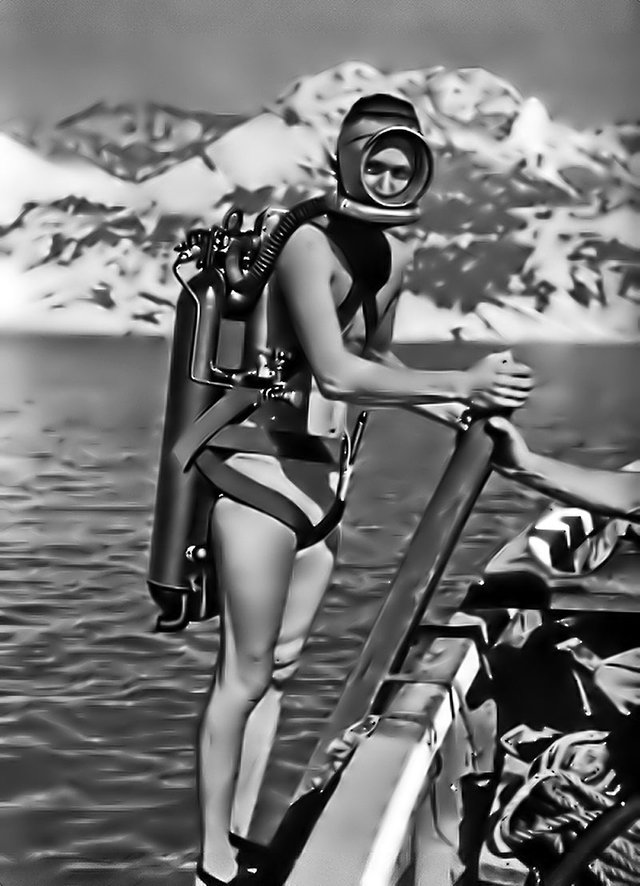 |
(click to view source) |
As of this writing my total dive time is equivalent to four days, 22 hours, and fifteen minutes. That's a pretty significant time to spend in a world where we don't normally exist.
-Xayd
What's in a diving kit?
A diving mask will help you see clearly underwater. Unlike swimming goggles, a mask has a silicone enclosure that fits the nose. Also, a diving mask has a wider field of view and usually has thicker straps than ordinary goggles. A good mask should fit snugly around your face without discomfort. The mask's lenses could also be replaced with prescription lens when needed as it is not advisable to wear contact lenses during diving.
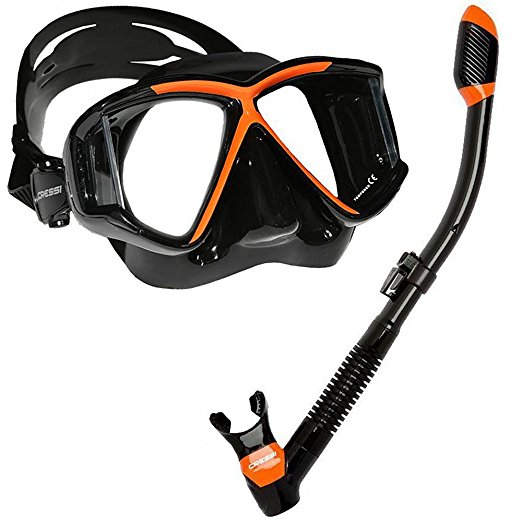
| (click to view source) |
Snorkels are optional for diving and I've seen more divers who don't use them than those who do. I always carry a snorkel with me as its purpose outdoes it's potential disadvantage. A snorkel is necessary before and after a dive if you need to do a surface swim to the shore or boat, especially if the waves are choppy.
Fins allow you to propel forward in water without exerting too much effort. Diving fins are built with the durability that can push a SCUBA diver's weight against the water current. Fins may be full-foot or open-heel with adjustable straps. Full-foot are used with bare feet or thin socks and should snugly fit the diver's foot. Open-heel fins are worn with wet suit boots and have adjustable straps to seal the boots in place.
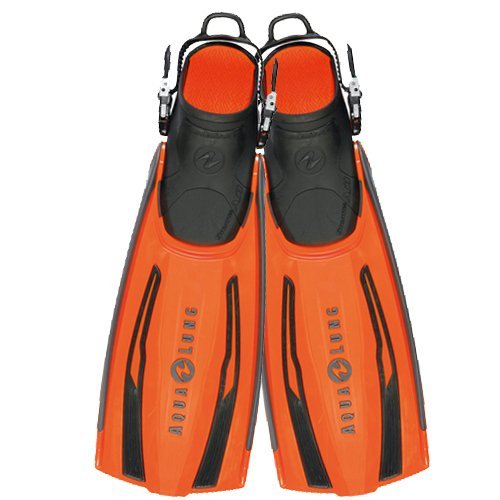 |
Human bodies are positively buoyant that's why if you just stay still in water and without anything pulling you down, you'll stay afloat on the surface. Lead weights are necessary to be able to sink or start descending. They may be worn as belts or through customized pockets in your SCUBA kit.
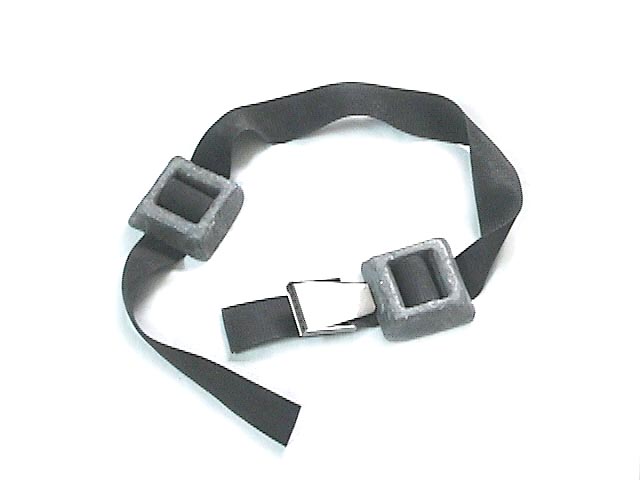 |
The Buoyancy Control Device (BCD) is an inflatable jacket worn around the diver's body. It is used to hold the tank and regulator together and could be deflated or inflated to adjust your buoyancy while diving. Inflating the BCD will cause the diver to ascend while deflating it will cause the diver to descend. Training is required to master the skill of buoyancy adjustment as a sudden descend or ascend can cause serious physical damage to the diver.
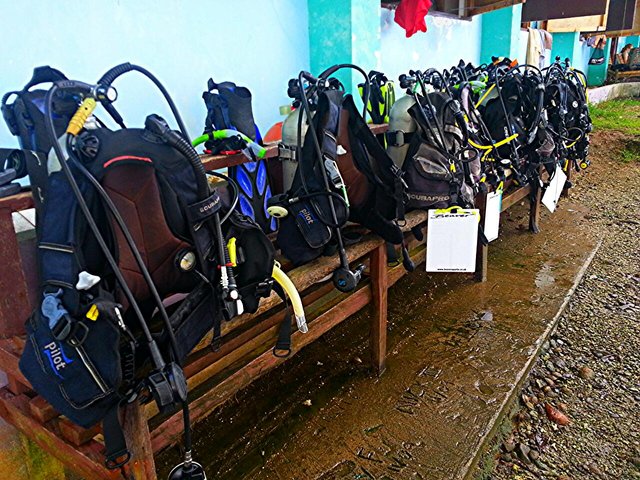 |
Of course you will need an air source to be able to stay underwater and that is the role of the tank or cylinder. Cylinders are made of metal alloy so they can hold high pressure air. It releases air through a valve that is connected to a regulator. The regulator converts the high pressure air into normal atmospheric pressure which is basically the same type of air we are used to inhaling. The air is delivered to the diver through a hose and a mouthpiece.
A dive computer is an instrument, typically worn as a watch, that gives you information on the depth and dive time during a dive as well as added features of telling you in between dives how much time you have left until you can safely dive again.
What really happens when you dive?
The first time you learn how to dive is the toughest part of diving. It's the point where some people decide that diving is not for them and some decide that they'll be diving for the rest of their lives. When I did my first open water dive, I was embraced by fear and pain. I felt like my eardrums have ruptured and that my sinuses have exploded. With only about a minute under two meters of water, my dive instructor escorted me out of the water and into the medical room. Our medical officer, asked me to rinse off, take some ibuprofens, and rest. I spent the rest of that day sitting in my hammock tied to two palm trees on each end and deeply contemplating. "Diving is not for me," I told myself in deep sadness. I just quit my job to spend a month in a SCUBA diving expedition in a lovely little tropical island in eastern Philippines and I couldn't help but mourn in the thought of going home without even doing a proper SCUBA dive.
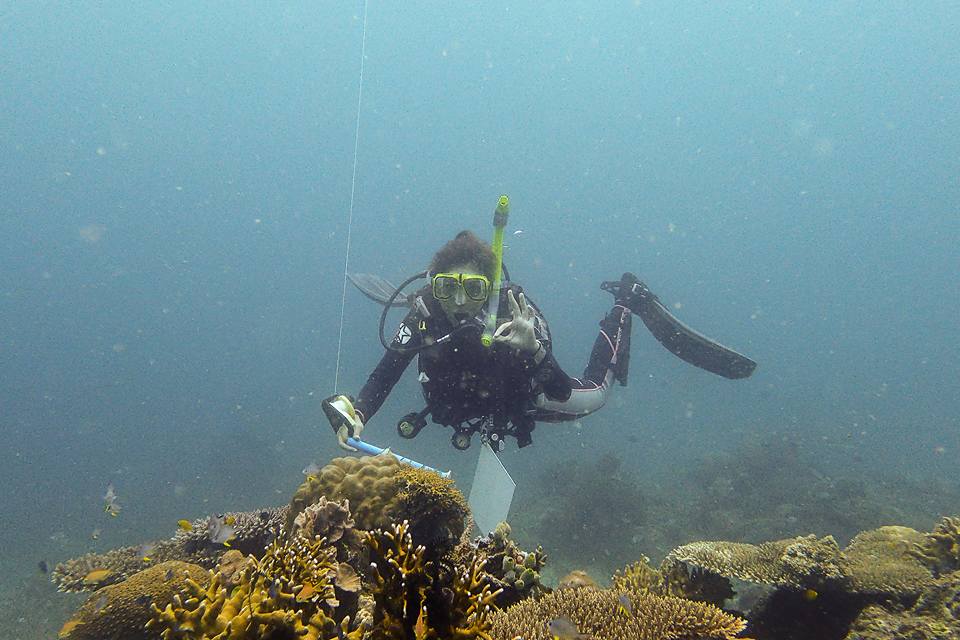 |
However, my instructor never gave up on me. The next day, he asked me to kit up and be ready for an early morning Sunday dive. Sunday was supposed to be his rest day and de-gassing day, but he sacrificed his rest to make sure I don't lose hope in learning how to dive. After an afternoon of sulking and soaking myself in the theories of diving, I had to make sure I don't let my instructor down by gathering all self-consciousness and confidence. And just like that, I did my first dive. Fast forward to present, I now have a total of 152 logged dives.
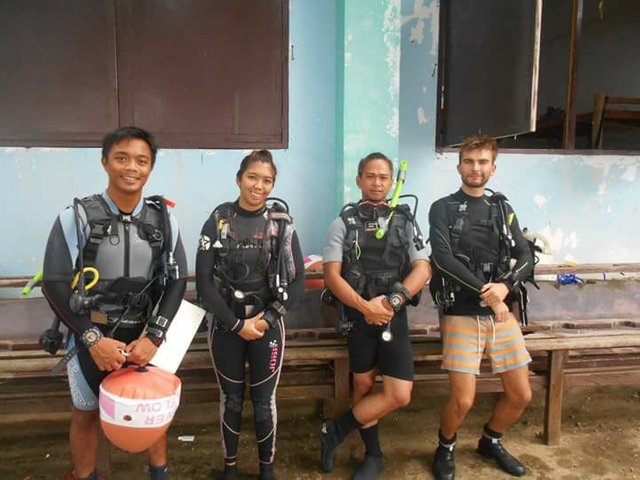 |
I'd like to emphasize the pain and fear I experienced on my first open water training dive and tell you more about the source of these emotions and sensations. Fear is practically driven by the idea that we are not used to existing underwater. We cannot breath underwater and not breathing means killing ourselves. However, we have to remember that we carry our own air source and as long as we breathe as normally as we do on land, there is absolutely no chance to get suffocated. Many first time divers would make the mistake of breathing too often or too much air. Hyperventilation causes dizziness, and makes our nerves numb, therefore the advice is simply to relax.
There are a couple of pain sources when diving but most of them are driven by the change in pressure. When you go diving, you carry the weight of all the water that is above you and, mind you, that is heavy! That is why pressure changes as you go deeper because there is more water to carry. The pressure we experience on land is rated at 1 bar or 1 atmosphere (atm) which is the weight of the air above us. We don't feel the discomfort of carrying the air above us because, well, that's what we are used to doing since we were born. However, we are not used to the weight of water above us so we need to make our bodies adapt to the change in pressure. For every ten meters that we descend underwater, we are subjected to an additional of 1 bar of pressure. For example, at sea level, we experience 1 bar, at ten meters underwater, we experience 2 bars and at twenty meters underwater, we experience 3 bars, and so on.
Diving is an easy recreational activity for those who like to look at colorful things underwater and then come up and talk about what they've seen over a cup of tea.
-Charles Eve, PADI SCUBA Instructor
The change in pressure doesn't have any effect on water because a liquid's molecules are quite intact. However, it does affect gases such that when pressure increases, the molecules of a gas become compact or closer together and thus reducing the volume that the gas takes place. It means that all the gases in our bodies will tighten up when we descend. Majority of our body is made up of liquid so there are only three air spaces that we need to be wary about when diving: our mask, our ears, and our sinuses.
Air compression causes discomfort and pain and that is why when I felt a sharp pain in my ears during my first dive, I thought that my eardrums have ruptured. However, there is a technique that allows us to add air into those air spaces to bring it back to its original volume and preventing discomfort and pain. The technique is called equalizing. You can simply equalize your mask by blowing air into it from your nose. Make sure to add air to your mask often otherwise you might feel headache from the tightening of the silicone around your face. This will also leave nasty marks afterwards.
Equalizing your nose and sinuses is quite tricky when you are new to diving. The most common way is to pinch your nose and blow gently so that the air will be pushed into your ears and sinuses. An effective indicator of a good equalization is when you feel your eardrums have popped. When I first dived, I couldn't equalize using this technique but I found that swallowing and wiggling my jaw also worked.
An unequalized sinus will give you the sensation of pain in your forehead just right above the eyebrows. An unequalized ear will give you the sensation of pain in the ear canal. If you find that there is a difficulty in equalizing, it could be that your ears and sinuses are congested (especially when having colds or flu) and should therefore abort the dive, and give your body time to recover from the congestion.
What happens when ascending back to the surface?
Proper knowledge in ascending is very important as most diving accidents are because of malpractices in ascents. Note that if air compresses as you go down, the opposite happens when you go up. It means that air spaces will now expand as you go up. There is no issue with expanding air in your ears and sinuses as they can easily escape as bubbles while expanding air in you mask could just easily be inhaled through your nose. However, one important air space we have to take care of is our lungs. During descent, our lungs simply adapt to the air that we inhale from our tanks and as long as we breath just as normally as we do on land, there will be no issues. During ascent, our lungs will expand as the pressure decreases. This is why we have to ascend slowly and discharge air from our lungs by exhaling consistently. If we go up too fast and not exhale enough air in time, our lungs could overexpand and simply explode. Aside from the lungs, little air pockets also exist in our bloodstream. When we go up too fast, these air pockets can increase in size and eventually get trapped in our joints. Pain in joints is caused by trapped air and this condition is commonly termed as "the bends".
This brings me to the most important rule in diving: NEVER HOLD YOUR BREATH.
Let's go diving!
As of this writing my total dive time is equivalent to four days, 22 hours, and fifteen minutes. That's a pretty significant time to spend in a world where we don't normally exist. My time diving has mostly been spent on marine research and surveying dives which in laymen's term would be counting corals and fishes. Believe me, it was the best job I ever had to do in my life!
There are a few things to note before you can go diving. Here's my list:
1.) Dive with proper certification/license.
2.) If you don't have a license, you can do a discovery dive with an instructor.
3.) Dive only if you have diving insurance.
4.) Never dive alone.
5.) Do not dive using defective equipment.
6.) Do not step, kick, or touch corals and other wildlife.
7.) Do not chase fishes and swimming invertebrates.
8.) Do not dive beyond your certification limits.
9.) Do not dive beyond your dive profile (depth and time).
10.) Always check the status of your air cylinder.
11.) Be courteous and respectful to other divers.
I love diving and the reef so much that there's an endless list of things I want to talk about related to these topics. In my future posts, I will talk more about my marine surveying work with a non-profit group, about coral reef ecology and species, and about some of the cool diving spots I have been to. I hope this post has achieved its objective of giving you an idea of how SCUBA diving works and how it could also be for you!
Thank you so much for your time and sea you around!
!steemitworldmap 10.1793527 lat 124.9860367 long Sogod Bay, Southern Leyte, Philippines d3scr
Happy bubbles, @xaydtrips |
|
Very informative kaayo @xaydtrips!
Keep it up!
thank you @brokemancode! I find it easier mag write if based on experience ang gi-suwat. It's more natural jd hehe
Wow, amazing😍😍😍 It makes me to try scuba diving☺️☺️☺️
You should! There are so many good sites around Mactan! :D
Congratulations, Your Post Has Been Added To The Steemit Worldmap!
Author link: http://steemitworldmap.com?author=xaydtrips
Post link: http://steemitworldmap.com?post=sneak-peek-into-the-world-of-scuba-diving
Want to have your post on the map too?
thanks you